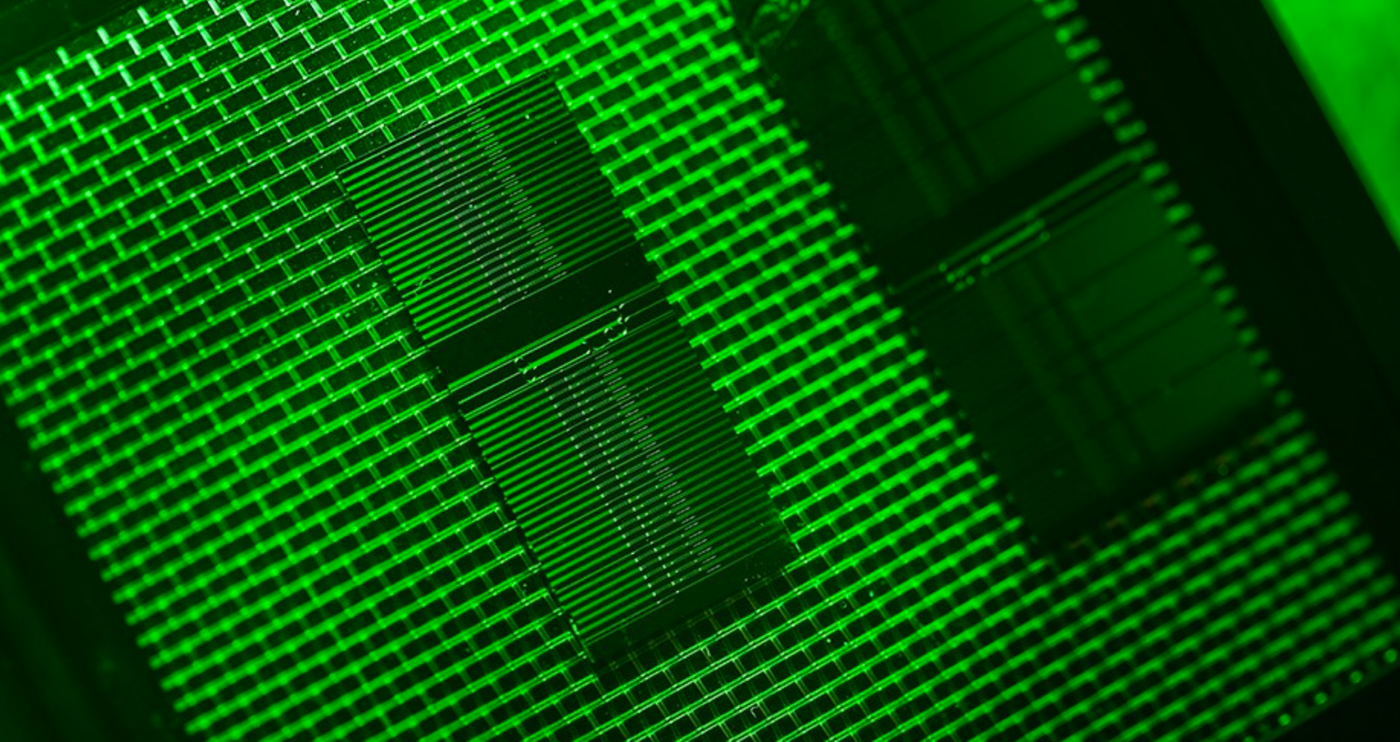New Telescope Chip Will Let Astronomers See Exoplanets More Clearly
Getting a deep enough look into the depths of space where all of the known exoplanets are is a tough task, but new advancements in space telescope technology, which are over a decade in the making, might serve as useful for getting over this boundary.
Although we can pinpoint where exoplanets are with modern imaging technology, whether they’re Earth-like or gassy like Jupiter, we still don’t really have a way to see them clearly. A lot of times, we rely on the flickering of light from the host star or infrared observations that are often obscured by dust to tell us the exoplanet is there.
On the other hand, a new optical chip is being worked on that may soon make its way into space observing telescopes. A pre-print paper concerning the project appears on arXiv.org.
This chip seems to have the ability to cancel out light pollution from our own Sun so that we can get clearer images of parts of our galaxy. This includes other star systems and their orbiting exoplanets.
Image Credit: Stuart Hay/ANU
"The ultimate aim of our work with astronomers is to be able to find a planet like Earth that could support life," said Dr Madden from the ANU Research School of Physics and Engineering.
"To do this we need to understand how and where planets form inside dust clouds, and then use this experience to search for planets with an atmosphere containing ozone, which is a strong indicator of life."
Modern equipment has a hard time getting decent pictures of distant systems because the Sun is so bright that its light pollution messes with the exposure of our optical equipment. By using this chip to filter all that light pollution out, we can focus on the light being emitted by other host stars, and get a better look at their exoplanets in the process.
If it sounds a little confusing, you can compare this technology to something you use every day, such as the noise cancellation feature of your headphones or smartphone speakers. Essentially, it takes all that background noise and tries to filter it out so you get the clearest signal possible.
"This chip is an interferometer that adds equal but opposite light waves from a host sun which cancels out the light from the sun, allowing the much weaker planet light to be seen," Dr Madden continued.
The researchers are optimistic that this technology will help us to isolate exoplanets that have the greatest chances of supporting alien life. After all, that’s where most of the energy behind exploring outer space comes from, so it’ll be worth it in the long run to put this technology to work in space observation in the foreseeable future.
Source: Australian National University









